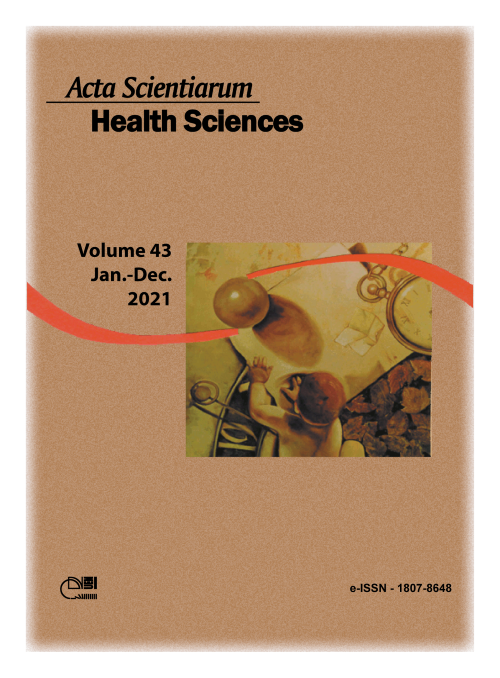Effects of the 27.12 MHz magnetic field emitted by short-wave equipment on spermatogenesis
Abstract
Studies have shown the influence of magnetic fields on several biological systems. Some of these fields, such as shortwave (SW) magnetic fields, have been used for therapeutic purposes. However, the possible adverse effects caused by this treatment still need to be better understood. The present study aimed to ascertain whether a single daily exposure (15 min.), for 15, 30 and 60 days, to SW magnetic field (27.12 MHz) can impede spermatogenesis. Exposure to SW magnetic fields did not change the weight of body, testis, epididymis, prostate, seminal vesicle or the gonadosomatic index. The plasma testosterone levels and testicular component volumes (seminiferous tubules, lumen, lamina propria, connective tissue, blood vessels, intertubular tissue) also remained unchanged. Histopathological analysis and spermatogenesis markers showed no changes after exposure to SW magnetic fields. However, some analyses showed changes in the lamina propria, daily sperm production, individual volume and population of Leydig cells. In conclusion, exposure to SW magnetic field for up to 60 days seems to be safe for spermatogenesis, but this exposure caused minor testicular changes that need to be better understood in the long term. This is of particular interest to health professionals who handle such SW devices for long periods of time.
Downloads
DECLARATION OF ORIGINALITY AND COPYRIGHTS
I Declare that current article is original and has not been submitted for publication, in part or in whole, to any other national or international journal.
The copyrights belong exclusively to the authors. Published content is licensed under Creative Commons Attribution 4.0 (CC BY 4.0) guidelines, which allows sharing (copy and distribution of the material in any medium or format) and adaptation (remix, transform, and build upon the material) for any purpose, even commercially, under the terms of attribution.
Read this link for further information on how to use CC BY 4.0 properly.























5.png)







